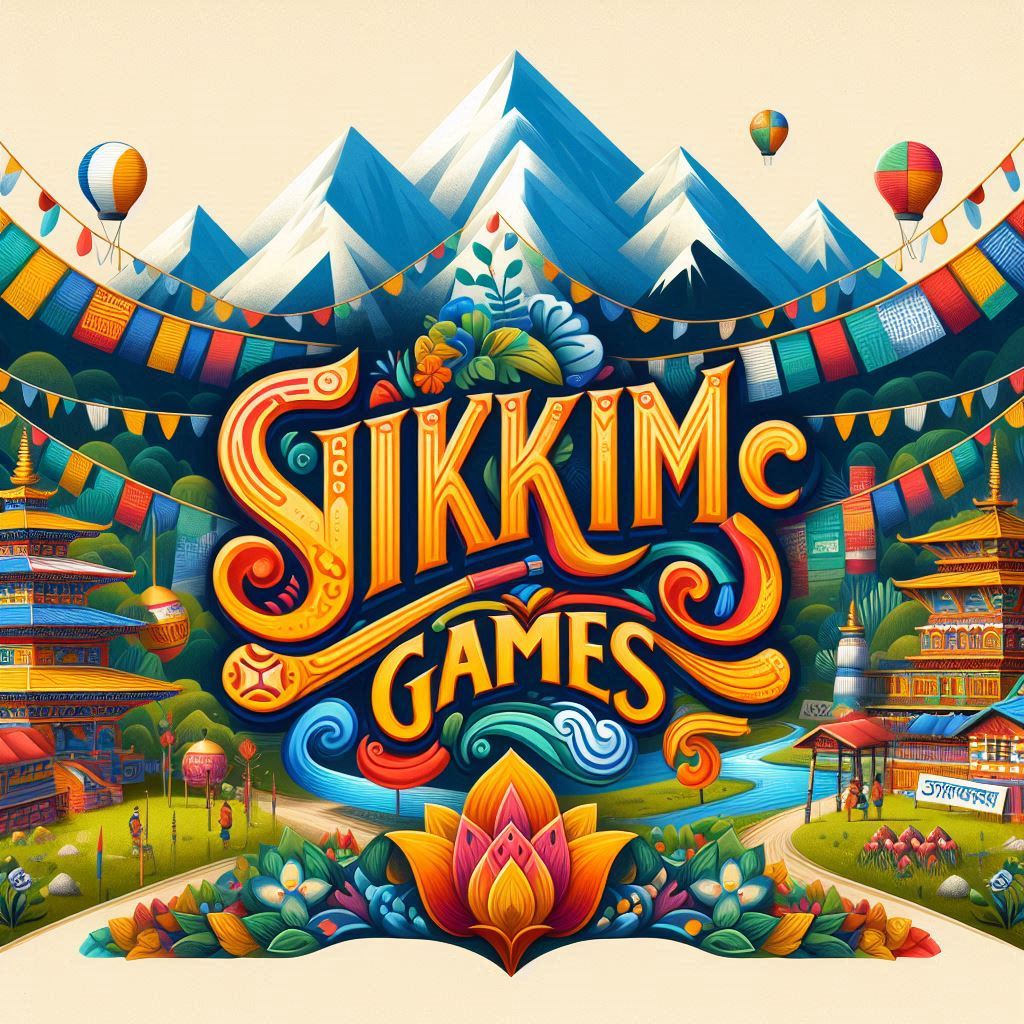SikkimGames: Where Tradition Meets Digital Play
SikkimGames: Where Tradition Meets Digital Play
Blog Article

Nestled in the lap of the Eastern Himalayas, the Indian state of Sikkim is often celebrated for its breathtaking landscapes, vibrant culture, and spiritual heritage. However, beyond its natural beauty and cultural richness, Sikkim is gradually carving out a unique identity in an unexpected area: gaming.
SikkimGames is not just a name—it represents the evolving gaming ecosystem in the state, bridging traditional games that reflect the essence of Sikkim’s cultural heritage and modern digital gaming that connects the youth to a global network. This fusion of the old and the new is what makes SikkimGames a fascinating phenomenon worth exploring.
1. The Origins of Sikkimese Games: A Cultural Inheritance
Before the advent of smartphones, consoles, and high-speed internet, Sikkim’s people—particularly in rural communities—engaged in a variety of traditional games. These games were more than just entertainment. They played a role in physical development, social bonding, and even storytelling.
Notable Traditional Games of Sikkim
Dha-da (Traditional Archery): Archery has been a culturally significant sport among communities like the Bhutias and Lepchas. Played during festivals, this game is not just a test of skill, but also a vibrant event filled with traditional music, food, and festivities.
Dandibiyo: Similar to "gilli danda" in other parts of India, this rural game uses a stick and a smaller piece of wood to test a player’s coordination and reflexes.
Bamboo Games: Games involving bamboo poles—such as balance walks and pole jumps—were common among children and often played during festivals or after agricultural work.
These games, passed down orally and practiced in community spaces, were accessible and embedded with cultural values. Unfortunately, as digital devices and urban migration took hold, many of these games began to vanish from everyday life.
2. The Rise of Digital Gaming in Sikkim
The past decade has witnessed a dramatic shift in the entertainment habits of Sikkim’s youth. With the spread of smartphones and improved internet connectivity, mobile and online gaming have become popular recreational outlets.
Popular Games in Sikkim Today
BGMI (Battlegrounds Mobile India)
Call of Duty: Mobile
Free Fire
FIFA and eFootball
Valorant (for PC users)
These games are not just played casually but have sparked competitive interest. Young players organize online tournaments, stream gameplay on YouTube, and even form teams to represent Sikkim in national-level esports events.
Gaming lounges and internet cafes in places like Gangtok and Namchi now serve as hubs for gamers, offering tournaments, training, and social meet-ups.
3. Government and Policy: Sikkim’s Unique Gaming Stance
Sikkim holds a distinct place in India’s legal gaming framework. In 2008, it became the first Indian state to legalize online betting and gambling under the Sikkim Online Gaming (Regulation) Act. This allowed licensed operators to offer games such as blackjack, poker, roulette, and sports betting to users within the state.
While real-money gaming platforms operate within a tightly regulated framework, they form a different domain from skill-based digital and video games. Nonetheless, this early initiative positioned Sikkim as a pioneer in gaming legislation and policy.
4. The Potential of SikkimGames as a Cultural and Digital Movement
What makes SikkimGames particularly powerful is its potential to merge cultural preservation with technological progress.
Cultural Revival Through Gaming
Developers and artists in Sikkim have the opportunity to build games that celebrate local folklore, dialects, and legends. For example:
A story-based RPG inspired by the epic "Khangchendzonga legend"
Puzzle games using motifs from Lepcha and Bhutia artwork
Language-learning games for Sikkimese dialects
By gamifying culture, SikkimGames could educate, entertain, and preserve traditions simultaneously.
Digital Careers and Skill Development
Gaming is not just a hobby—it can be a career. SikkimGames could help youth explore:
Game development and design
3D animation and character modeling
Coding and software engineering
Esports and team management
Streaming and content creation
Workshops, incubators, and mentorship programs can transform gaming from a pastime into a profession.
5. Challenges Facing the Gaming Community in Sikkim
Despite its promise, the journey of SikkimGames is not without hurdles:
Infrastructure: Rural areas still lack consistent internet access and hardware support, limiting participation in competitive online gaming.
Awareness: Many parents and teachers are unaware of the positive potential of gaming, often viewing it only as a distraction.
Lack of Platforms: There’s a need for centralized platforms where gamers, developers, and creators in Sikkim can connect, showcase their work, and access resources.
Digital Safety: Young gamers need guidance on online safety, screen time balance, and avoiding harmful content or gambling traps.
Addressing these challenges requires collaboration among local government bodies, educators, tech partners, and the gaming community itself.
6. The Vision Ahead for SikkimGames
The future of SikkimGames could be shaped by several exciting developments:
Esports Hubs
Creating dedicated esports centers in Gangtok and other towns would allow local talent to train, compete, and build careers in gaming. These hubs could offer high-speed internet, PCs, VR equipment, and coaching.
Annual Gaming Festivals
Hosting SikkimGaming Fest could attract players and creators from across India. Events could include:
Local game showcases
Esports championships
Cosplay contests
Developer hackathons
Cultural game exhibitions
Gamified Tourism
Imagine AR-based games where tourists explore Gangtok while uncovering Sikkimese myths, solving puzzles, or participating in location-based challenges. SikkimGames can blend tourism and technology like never before.
Educational Integration
By introducing game-based learning and coding into schools, Sikkim can prepare the next generation for tech-savvy careers while making learning fun and immersive.
Report this page